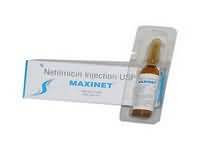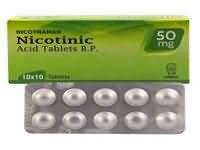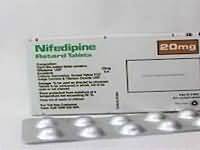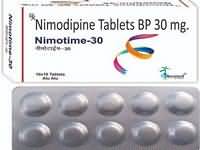sumatriptan

CLINICAL USE
Acute relief of migraine
DOSE IN NORMAL RENAL FUNCTION
Oral: 50–100 mg; maximum 300 mg in 24 hoursSC: 6 mg; maximum 12 mg in 24 hours Intranasally:
10 to 20 : mg; maximum 40 mg in 24 hours PHARMACOKINETICS
Molecular weight :295.4; 413.5 (as succinate) %Protein binding :14–21 %Excreted unchanged in urine : <20 Volume of distribution (L/kg) :170 litreshalf-life – normal/ESRD (hrs) :2/Probably unchanged DOSE IN RENAL IMPAIRMENT
GFR (mL/MIN)
20 to 50 : Dose as in normal renal function 10 to 20 : Dose as in normal renal function, use with caution <10 : Dose as in normal renal function, use with caution DOSE IN PATIENTS UNDERGOING RENAL REPLACEMENT THERAPIES
CAPD :Unknown dialysability. Dose as in GFR <10 mL/min HD :Unknown dialysability. Dose as in GFR <10 mL/minHDF/high flux :Unknown dialysability. Dose as in GFR <10 mL/minCAV/VVHD :Unknown dialysability. Dose as in normal renal function. Use with caution IMPORTANT DRUG INTERACTIONS
Potentially hazardous interactions with other drugsAntidepressants: risk of CNS toxicity with MAOIs, moclobemide, SSRIs, sertraline, St John’s wort – avoid concomitant use; possibly increased serotonergic effects with duloxetine Ergot alkaloids: increased risk of vasospasm – avoid concomitant use ADMINISTRATION
Reconstition
Injection is pre-filled into syringes ready for administration Route
Oral, SC, nasal spray Rate of Administration
–Comments
– OTHER INFORMATION
Non-renal clearance accounts for about 80% of the total clearance. The remaining 20% is excreted in urine, mainly as metabolites, by active renal tubular secretion.
See how to identify renal failure stages according to GFR calculation
See how to diagnose irreversible renal disease
Home









